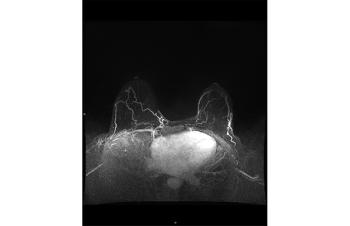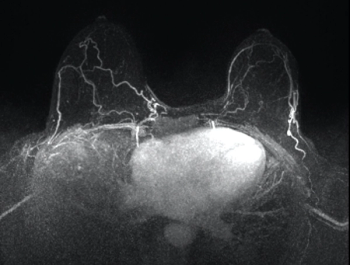
|Slideshows|November 4, 2019
The value of GBCA in MRI images
Author(s)Ilana Cass, MD, Rola Saouaf, MD
These ten images can help ob/gyns recognize the additional information GBCA administration provides in MRIs.
Advertisement
Newsletter
Get the latest clinical updates, case studies, and expert commentary in obstetric and gynecologic care. Sign up now to stay informed.
Advertisement
Related Content
Latest CME
Advertisement
Advertisement
Trending on Contemporary OB/GYN
1
FDA approves expanded use of flibanserin for hypoactive sexual desire disorder in women
2
HMI-115 shows promising pain relief in endometriosis patients
3
Heavy menstrual bleeding linked to iron deficiency in adolescents
4
Transabdominal cerclage linked to lower preterm birth vs transvaginal cerclage
5









